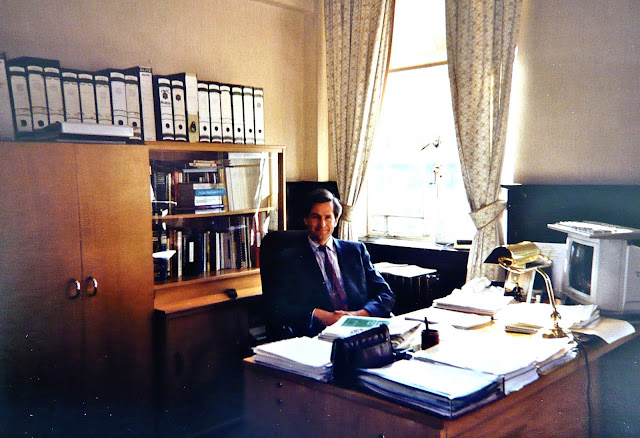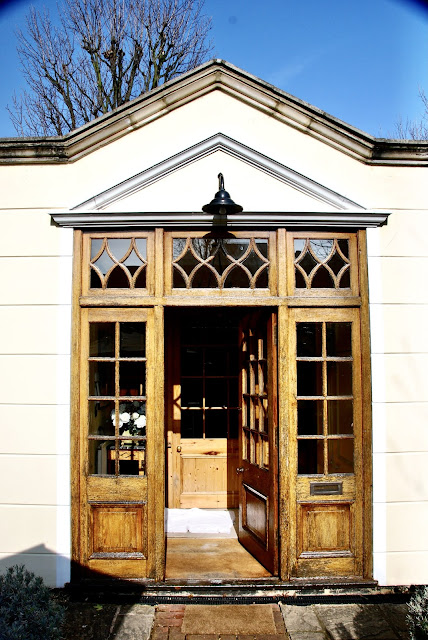Many Trump supporters still think that he can be reinstated. As if there is some protocol for reinstating a past president in this country. Why do you think they believe this?
I have an answer, and it will automatically violate Godwin’s Law. You see, Donald Trump and his team have basically been following the playbook of this guy:
This young man is better known to the world as Joseph Goebbels, the chief propagandist for the National Socialist German Workers Party (most commonly known as the Nazi party), and later the Reich Minister of Public Enlightenment and Propaganda for Germany from 1933–1945. This is the man that directed the Nazi propaganda machine, turning perfunctory duties into grand displays of might and power, and to get the population to believe in what was known as “The Big Lie”. Goebbels was a master of propaganda, and in many ways he provided as many lessons to Hitler as Hitler provided to him concerning how to mould the populace to back their agenda. The best description of what the Big Lie is comes from an OSS psychological profile on Hitler:
His primary rules were: never allow the public to cool off; never admit a fault or wrong; never concede that there may be some good in your enemy; never leave room for alternatives; never accept blame; concentrate on one enemy at a time and blame him for everything that goes wrong; people will believe a big lie sooner than a little one; and if you repeat it frequently enough people will sooner or later believe it.
This is the main tool of authoritarians. They will say something that is outlandish, in hopes of the opposition wasting time in fighting the lie, while they will insist on truth of their narrative, continue to repeat the big lie over and over, and declare that anyone that counters their viewpoint or opinion is evil or against the people. Disinformation is necessary for the authoritarian, because once he can convince the populace that he is on their side, and anyone against him is also against the people, he can control the narrative, claiming what news outlets are speaking the truth, and which ones are enemies of the people. Once his targeted audience is accepting his opinions of truthfulness, then he can move on to the next step, where he introduces the concept that only he can fix the problems that ail the populace, and only he can drive them towards that solution, no matter how drastic or nasty it is.
So what does this have to do with Trump supporters believing he can be reinstated? The entire Trump candidacy and presidency focused on how to get people to follow him, and believe his rhetoric. For example, the second day Trump was in office, he had Sean Spicer hold the very first press conference of his presidency, and declare that the inauguration crowd was the largest ever. This was easily countered by photographic evidence, and WMATA subway toll counts. Why would Trump want to put that lie out so early in his presidency? To see how much he could push lies to the public, and how much of the public would accept his lies. This set the pace for his presidency and his re-election bid, when he laid down the groundwork early, basically stating that the only way he could lose the election is by voter fraud. The people primed to vote for Trump had already accepted 5 years of lies from him, dating back to his initial candidacy, and had heard Trump’s continued cries of persecution, and so were prepared to believe anything that he put out there concerning the election, no matter how much it had been disproven.
This was the foundation of the Big Lie of Trump’s candidacy and presidency: the election was stolen from him, unless he won. He was already prepared to declare malfeasance in states that he would lose, insisting that the votes were unfairly cast by mail, even though every state has a mail-in ballot program, locally limited to certain classes of voters, but still capable of working in the midst of a pandemic. Because of the issues of the 2016 election, we had put a lot of investment and personnel to ensure that the 2020 election was the most secure election in U.S. history. This is also why it was important for Trump to declare victory on Election Night. He wanted to declare victory, even though he knew most of his voters would be casting votes in person instead of by mail. If he could declare victory, before the early and mail-in ballots could be counted, he could create enough confusion to push the Big Lie.
He’s still pushing the Big Lie, and plenty of people are still listening to him, because they’ve put their trust in him, instead of understanding how the election system works. Until he is revealed as a fraud to a level that his followers will lose faith, or he is incarcerated for his many frauds and crimes, he will continue to push the Big Lie. Unfortunately, the current Republican Party understands that the only person that is able to energize their base is Trump, and are now beholden to him and his whims, regardless of his overall declining popularity. Instead, they are using his Big Lie as the reason to pass draconian laws that they can use to hang on to power by instituting roadblocks for voters that don’t vote for them.

















































